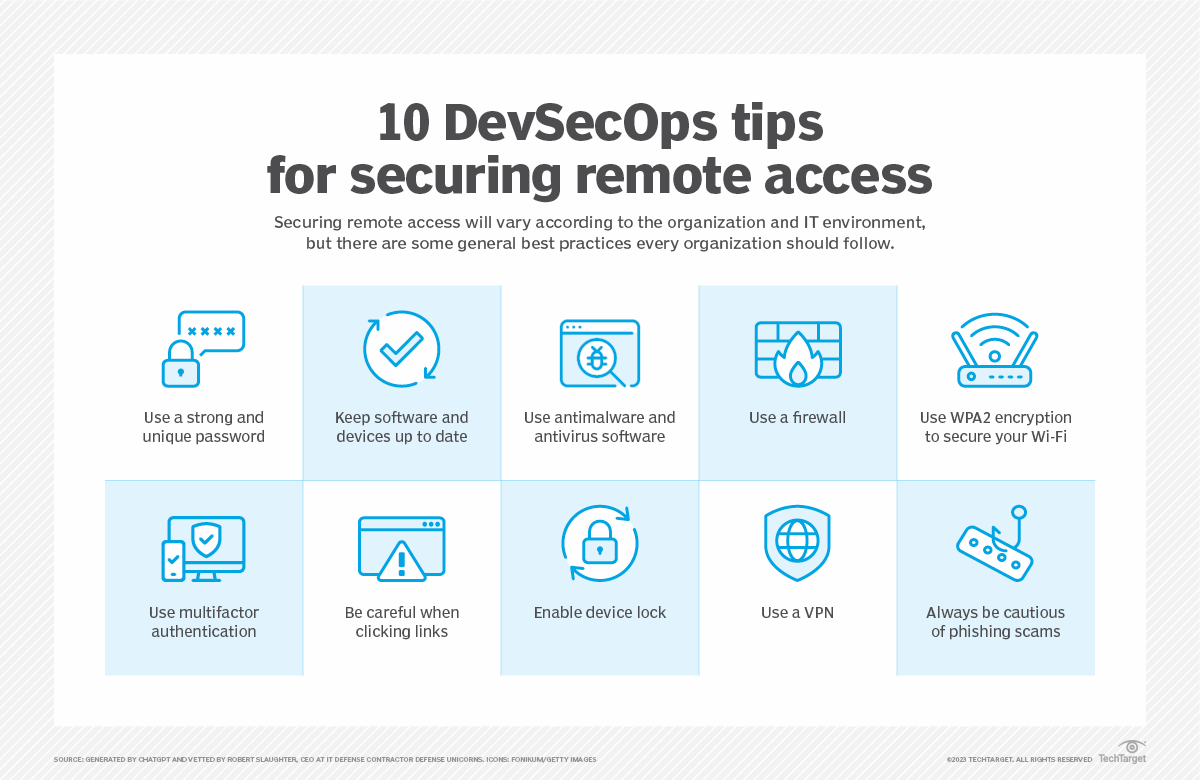Announcements
- In this session, you’ll review the zero trust framework from the National Institute of Standards and Technology (NIST) and the Cisco approach to zero trust security. See Cisco’s approach to XDR that enables automation and monitoring across your infrastructure, in action with demos and customer case studies.
- A well-designed data architecture enables effective data management, fosters a modern data-driven work culture, and delivers analytics to help organizations make smarter business decisions. This is a straightforward concept, but there are several considerations and steps for creating a successful data architecture. Attend the three-day Data Architecture Best Practices summit for expert insights and resources to help you build and manage a data architecture that leverages data intelligence to solve the business problems of today and the future.

Redefining “No-Code” Development Platforms
I recently watched a video from Blizzard Entertainment Game Director Wyatt Cheng on ChatGPT’s ability to create a simple video game from scratch. While the art assets were not created by ChatGPT, the AI program Midjourney created the program using rough sketches and text prompts. Cheng created this challenge for himself with the restriction that the AI language model would write every line of code.
As seen in the video, ChatGPT was capable of creating a six-step plan to create a functional game based on Cheng’s initial input. Cheng outlined the broad features he was asking for, and AI provided step-by-step instructions for how to implement each step. This is not surprising — ChatGPT’s coding capabilities have been demonstrated numerous times in various applications. What is surprising, is ChatGPT’s ability to make revisions and iterate on that original code like a human would. In a few cases, Cheng asked the AI to change how a feature functioned and pointed out errors in logic. Despite some cases where AI has shown to be stubborn or unable to accept new information, ChatGPT recognized the flaws and amended them in the code.
In the end, Cheng and ChatGPT were able to create a game that played like the 2013 game Flappy Bird using only basic text inputs, while refining the game required simply asking it to function differently. Cheng was already familiar with coding games with the Unity game engine, but this demonstration shows how this is changing with the power of AI. The ability for a non-developer to brainstorm a design and tell AI tech, “write me a program that does X, Y, and Z” is a huge step towards increasing accessibility and creating pathways for non-technical users to enter the programming space.
Scott Thompson
Associate Editor
Contact The DSC Team if you are interested in contributing.
DSC Featured Articles
- VM Data Protection: Automate VM Backup and Replication in a Few Clicks
April 11, 2023 at 2:42 pm
by Nakivo Backup & Replication - Smart on Wheels: The Emergence of Connected Cars
April 11, 2023 at 2:38 pm
by Nikita Godse - Machine Learning and AI: The Future of SIEM Alternatives in Cybersecurity
April 11, 2023 at 2:34 pm
by Evan Morris - Agile Testing Method and Best Practices
April 11, 2023 at 2:32 pm
by Edward Nick - Digital Healthcare Trends: Emergence of Automated Data Entry in Healthcare
April 10, 2023 at 2:05 pm
by Ovais Naseem - How to Migrate (Successfully) to the Cloud
April 10, 2023 at 1:03 pm
by Alyssa Dolan - DSC Weekly 4 April 2023 – Show Your Work with XAI
April 4, 2023 at 7:35 pm
by Scott Thompson - How Data-Driven Analytics Can Improve Workplace Safety
April 4, 2023 at 3:17 pm
by Elis Enano - Reshaping Financial Processes with AI-based Data Extraction
April 4, 2023 at 3:00 pm
by Ovais Naseem - Enterprise Data Is Broken – Here’s How to Fix It
April 4, 2023 at 2:43 pm
by Alisha Alvarez
Picture of the Week

